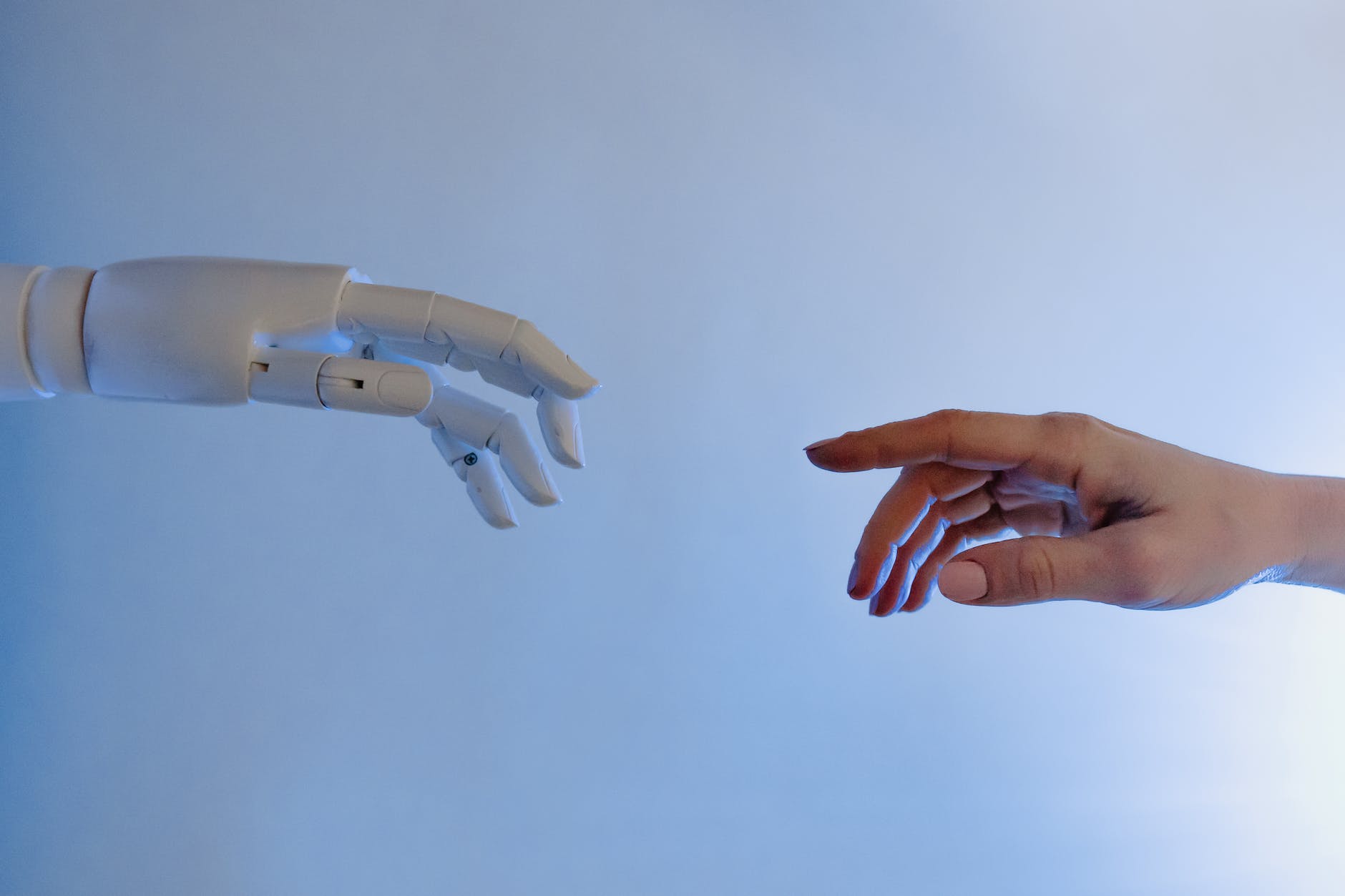How far has AI come?
Have you ever wondered what an AI-created recipe would look like? Or read an article about a machine learning algorithm that was able to write its own suspense novel? The world of artificial intelligence has been steadily unfolding over the past few years and there have been some truly fascinating developments in areas such as art and entertainment. But what exactly are these machines doing that we previously thought only humans could do? Are they just mimicking our behavior or are they creating something new and different? I’ll explore these questions through examples of AI-generated artwork, recipes, stories, music and more!
What does imagination look like in a machine?
Imagine a machine that runs on electricity and sits in the corner of your room. The machine can’t directly observe the world, because it’s not connected to any sensors, but it has access to your mind—so whenever you think about something, the machine imagines what it’s like as well. The question is: how do we know whether or not this machine is imagining anything?
In order for us to be able to tell if an AI is imagining something (and thus demonstrating creativity), we need some way of determining whether or not its output resembles an image or thought that was previously seen by its creator (in this case, us). For example: if I give you a picture and ask you what someone else would see when they looked at it and then gave their own description of what was pictured within that picture—what would happen? You’d probably end up with two similar descriptions! This means there must have been something similar in our minds when each one was describing what they saw in their own words—because otherwise our descriptions wouldn’t have been so similar. Your imagination worked like mine did!
What about AI-created art and entertainment?
AI can also be creative and entertaining. AI-created art and entertainment may be the next big thing in the world of art and entertainment, as it has proven to be a new form of expression for both humans and machines.
The first step was taken by Google’s DeepDream project, which created dreamlike images from artificial neural networks trained on photos. These images have become increasingly realistic over time as AI technology has progressed.
In addition to imagery, machine learning is being used by researchers in music composition (Ludwig van Beethoven would be amazed) and storytelling (the future of filmmaking?).
Is AI just an extension of our human creativity or is it doing something new and different?
In recent years, we’ve seen AI used as a creative tool. It has allowed us to create things that were once impossible – like the first truly lifelike virtual human being in 2015. Every day, we are seeing more and more examples of what AI can do as a creative force in our lives: from helping doctors diagnose diseases faster and more accurately; to creating new materials for industries; to helping people recover from traumatic experiences or ongoing mental health issues.
In some ways, I think AI is just an extension of our human creativity: maybe it can take certain tasks off our hands so that we can focus on other things (like making art). But there’s another possibility too: that AI is doing something entirely new and different – something that has not been possible with human minds alone before now. Perhaps by harnessing the power of machines with huge processing capabilities beyond anything we could ever build ourselves – this might lead us down paths previously untouched by humanity?
Who owns an AI’s creations?
When it comes to creating art and music, AI is still in its infancy. But as the technology improves, there will be questions about who owns what it creates.
This is a question that has been raised by many artists and creators of all kinds in the past; when a machine writes music or writes poetry, whose words are they?
If you want to argue that an AI isn’t creative at all—that it’s just mimicking human creativity—you’re missing the point. A creativity machine is not a human being: It doesn’t have rights or feelings like we do. However, that doesn’t mean we should ignore its ability to impact society in both positive and negative ways.
AI could be used for good or evil purposes—it depends on how people use them (like any tool). But whatever your opinion on that matter may be, it’s important to recognize how this technology can benefit society if used properly. We needn’t fear what our creations might do with their newfound abilities; instead of fearing them, we should embrace them as extensions of ourselves because without them there would be no possibility for new ideas ever coming into existence again!
Where is AI going?
Artificial intelligence is the future. It’s a concept that we’ve been dreaming of ever since the dawn of time, and now it’s finally here. What does this mean for us? Well, it means that everything from medical care to childbirth could be transformed by AI in ways we can only begin to imagine.


Leave a Reply